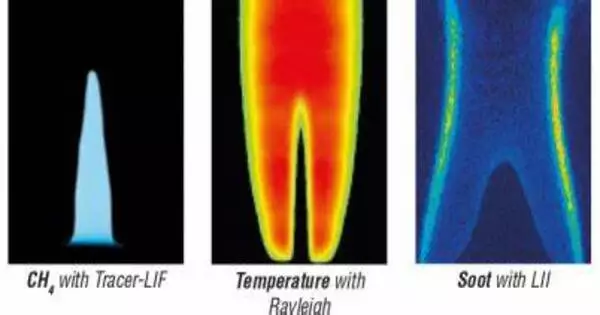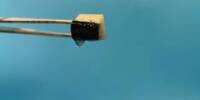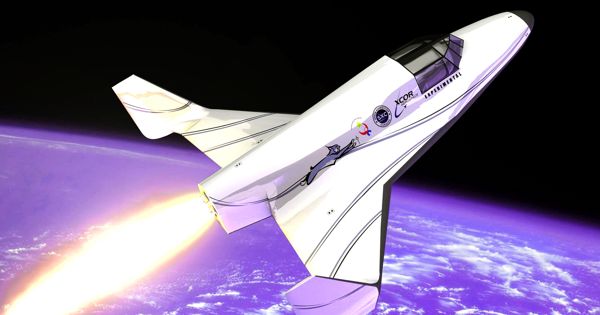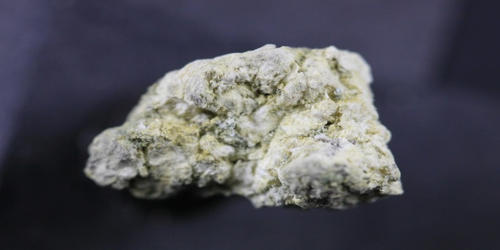High-speed imaging techniques, in general, are critical for researching combustion processes because they allow researchers to record quick and dynamic events that occur during combustion. These techniques can provide vital insights into the behavior of flames, which can be applied to a variety of applications, such as enhancing combustion efficiency and lowering emissions.
A new method for capturing the complicated behavior of turbulent flames produced during combustion has been devised by researchers. This high-speed 3D imaging approach’s insights could be used to design more efficient and cleaner combustion systems for automobiles, airlines, factories, and power plants.
“The high-speed imaging approach we developed provides detailed insights into flame dynamics, ignition processes, and combustion behavior,” explained Qingchun Lei of China’s Northwestern Polytechnic University. “This can provide insights into combustion efficiency, pollutant emissions, and the optimization of energy production processes that could be used to improve the design and operation of power plants, engines, and other combustion devices, leading to reduced environmental impact and enhanced energy efficiency.”
The resulting high-speed 3D schlieren imaging technique achieves a frame rate beyond tens of kHz, which allows the capture of rapidly changing flame phenomena with exceptional temporal resolution, providing detailed insights into transient flame events.
Qingchun Lei
The researchers report their novel technique in the Optica Publishing Group journal Optics Letters, which adds high-speed picture reconstruction and 3D information to schlieren imaging, a well-established technique for imaging and characterizing events in fluids. The new method can be utilized to get the 3D density and velocity distribution of turbulent flames quantitatively.
“The detailed understanding of flame behavior and ignition processes facilitated by this technique can also contribute to more effective fire safety measures by providing information on how fires spread, develop and can be suppressed,” said Lei. “This can be used to enhance fire prevention strategies, improve building designs, and develop more efficient fire suppression systems that could ultimately help save lives, protect property, and improve overall fire safety standards.”
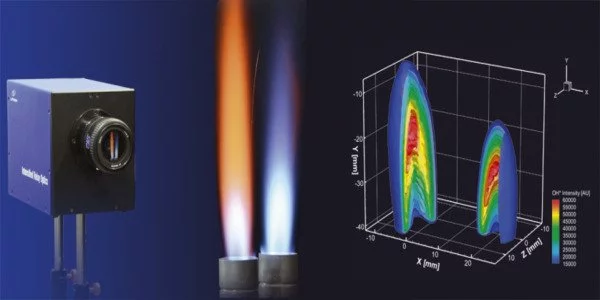
Adding speed and multiple perspectives
Because turbulent combustion is very dynamic and 3D in nature, typical schlieren imaging measurement methods are insufficient to adequately capture it. The researchers integrated three imaging technologies to overcome this problem: fiber imaging, schlieren imaging, and computed tomography (CT).
The novel method employs a network of fiber bundles to send light with flame information from various angles. Each light beam angle produces a Toepler’s lens-type schlieren system capable of imaging the density fluctuations of the target flames. The 3D schlieren images are then reconstructed using CT, which is extensively utilized in medical imaging. Finally, the 3D schlieren pictures are post-processed to obtain 3D density and velocity information.
“Fiber imaging enables high-speed, simultaneous schlieren imaging from multiple perspectives in a flexible and cost-effective manner while adding CT enables the 3D reconstruction of target flames based on the multi-angular 2D images,” said Lei. “The resulting high-speed 3D schlieren imaging technique achieves a frame rate beyond tens of kHz, which allows the capture of rapidly changing flame phenomena with exceptional temporal resolution, providing detailed insights into transient flame events.”
Capturing complex flame dynamics
The researchers conducted experiments on turbulent and laminar premixed flames, as well as transient ignition processes, to validate the effectiveness and performance of the high-speed 3D schlieren imaging approach. A single high-speed camera, two Xenon lamps, and a series of fiber bundles were used in the experiment. The fiber bundles were positioned to simultaneously take schlieren images of the flames from seven distinct orientations, while the camera recorded the photos at a high frame rate. In comparison to more complex and specialized equipment, such as lasers, utilized in other procedures, the experimental setup is quite inexpensive.
Experiment results demonstrated that the high-speed 3D schlieren imaging approach successfully captured and assessed flame dynamics, structure, and igniting processes.
